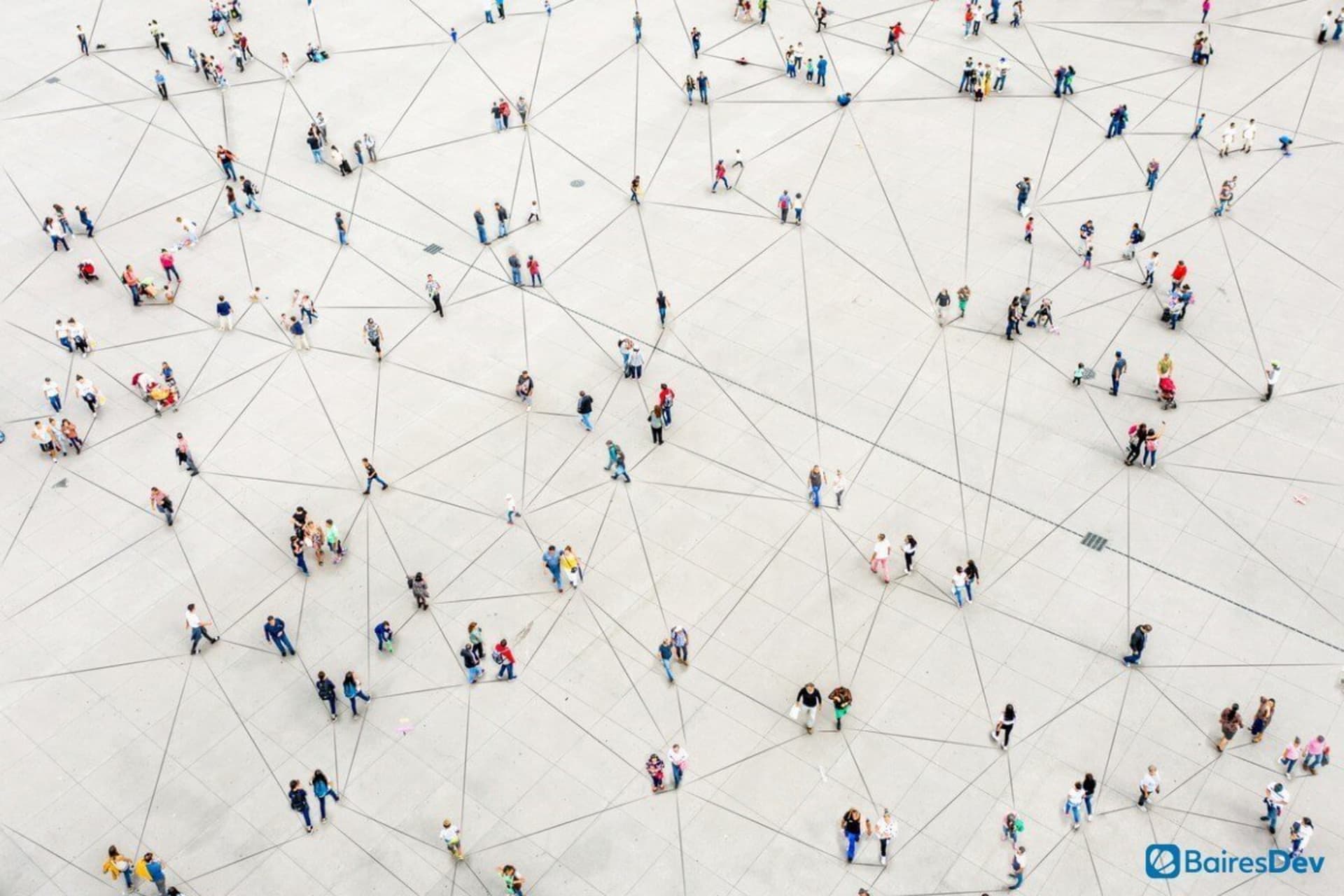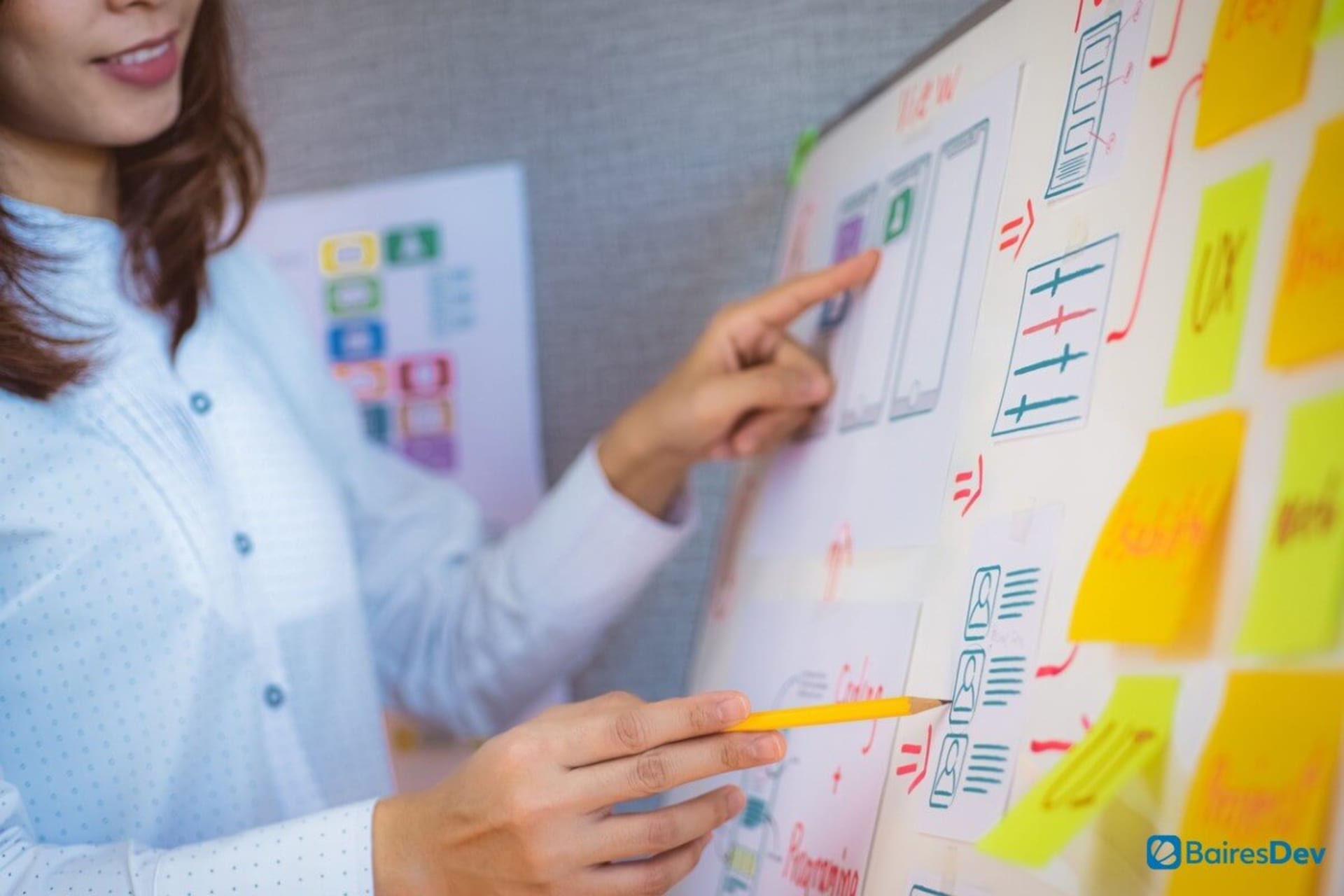We tend to think of technology as the opposite of human. Machines, though devised and created by humans, are lifeless, whereas humans are the very embodiment of life itself. But as a society, we also have a lot of fear surrounding our ideas of technology.
For example, we worry that artificial intelligence (AI) will become super-intelligent — achieving artificial general intelligence (AGI) — to the point at which machines will overtake us, not only displacing us in terms of work but also in other respects. We fear the terrors we see in science fiction movies and literature.
But in reality, humanity and technology often go hand in hand. While it can’t think or process emotions, it can make it all the more possible for humans to do so.
Humanity in Work
We know how many industries depend on technology for their very survival. But do we always recognize how much care and compassion is frequently involved in leveraging technology for our work?
Take healthcare. Technology performs so much work when it comes to medicine, and a huge part of this directly involves prioritizing care and patient comfort. For example, the Mayo Clinic has used ambient intelligence tools, which are responsive to human presence, to help practitioners sift through mountains of data to best help their patients. This frees up time for healthcare providers to work closely with patients.
There are many other innovations in the field of healthcare — remotely accessible charts, telemedicine, and so on — and they all do the heavy lifting of bringing humans together, thus emphasizing humanity.
Technologies that Support Humanity
Blockchain
When you think of blockchain, Bitcoin is probably the first thing that comes to mind. Cryptocurrency doesn’t necessarily seem synonymous with humanity, now does it? But when you take a closer look, cryptocurrency — and blockchain, the technology behind it — is actually all about relationships.
In traditional transactions, people deal with intermediaries, long waits, and processing fees. But with blockchain, businesses and customers can conduct transactions quickly. And efficiency isn’t the only benefit.
Blockchain is owned by the masses. It isn’t governed by a single entity — it’s decentralized. This makes it more secure. It’s also immutable, meaning users can’t alter the data contained within it. What’s more, it’s transparent, so anyone can view the ledger. In a way, therefore, it connects people together by transactions — and makes these exchanges much smoother.
Voice Assistance
It’s easy to mistake Alexa and Siri for our friends — our human friends, that is. But they’re considerably smarter than our most intelligent acquaintances. No, our voice assistants don’t actually possess humanity, but they make us more capable, stronger humans. They solve our problems. They answer our questions. They equip us with plenty of useful information. In other words, they make us more informed people while helping us with some of our daily tasks.
This is one example people point to when they talk about robots overtaking our world. They see the intelligence that far exceeds the capability of any human and worry that this means machines will be able to function on their own. But when you look closely, they actually make us more human.
User Experience Design
One important, still relatively new field is that of user experience (UX) design. While not a specific technology per se, UX design encompasses the ideas and practices that lead to better interactions between humans and technology. This, in essence, is the very heart of humanity in technology — find the balance between utility and human-centric usability.
A well-placed button that directs users to a CTA, a piece of inspired animation, and a box that lights up when you hover over it — these are all examples of UX design at work. When you create with the user in mind, you are appealing to the fact that they’re people, not robots — even though they are working with machines.
Social Networking
When social networking had its big moment with platforms like Facebook in the mid-2000s, people saw it as the ultimate means of connection. Since then, it has faced an enormous amount of criticism, from bots infiltrating and pushing political agendas to people becoming addicted to their accounts and not living their real lives.
But arguably, platforms like Facebook, Instagram, Twitter, and LinkedIn still enable us to connect to other humans. We might discover long-lost friends, establish romantic connections, and even find jobs — all of which are central to our life stories.
Opportunities
There still are plenty of opportunities for advancements in the intersection between humanity and technology — ones that won’t cause robots to wreak havoc on our planet. In a Pew Research Center paper entitled “Humanity is at a precipice; its future is at stake,” experts weighed in on this very subject.
According to Juan Ortiz Freuler, a policy fellow at the Berkman Klein Center, inclusivity is one area technologists should make central to their efforts. He calls it a thus-far missed opportunity — “A tool that could have strengthened the social fiber by allowing people to know each other and share their stories, but out of it grew huge inequalities between the connected and not-connected, both locally and across countries.”
Paul Jones, professor of information science at the University of North Carolina, agrees, underscoring the importance of trust. “While the internet was built from the beginning to be open and extensible, it relies on communities of trust,” he writes. “As we are seeing this reliance has strong downsides – phishing, fake news, over-customization, and tribalism for starters. Adding systems of trust, beginning with the promises of blockchain, will and must address this failing.”
Ultimately, technology — specifically the internet — is a critical tool for bringing people together. It has fueled more connections than possibly any innovation in history, although that may be debatable. But that doesn’t mean it can’t enhance our humanity even more. There’s still work to be done and untapped potential to be discovered.






